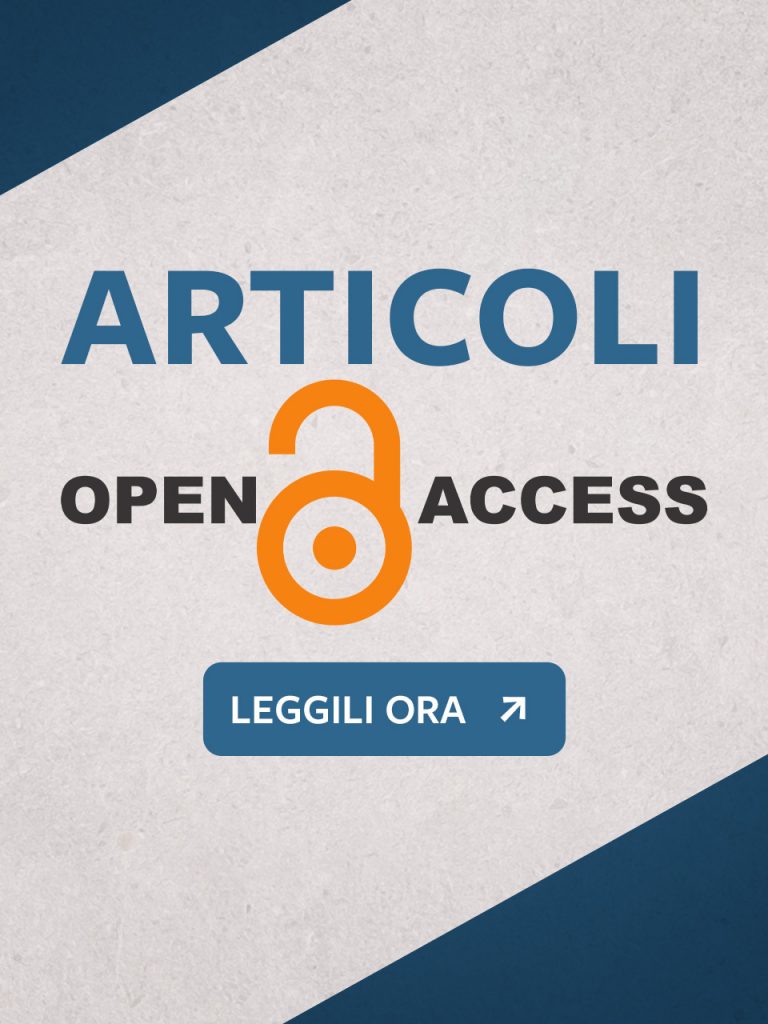Ipotesi di Integrazione sull’evoluzione del linguaggio umano e sulla natura delle lingue contemporanee
Shigeru Miyagawa, Shiro Ojima, Robert C. Berwick, Kazuo Okanoya
How human language arose is a mystery in the evolution of Homo sapiens. Miyagawa et al. (2013) put forward a proposal, which we will call the Integration Hypothesis of human language evolution, that holds that human language is composed of two components, E for expressive, and L for lexical. Each component has an antecedent in nature: E as found, for example, in birdsong, and L in, for example, the alarm calls of monkeys. E and L integrated uniquely in humans to give rise to language. A challenge to the Integration Hypothesis is that while these non-human systems are finite-state in nature, human language is known to require characterization by a non-finite state grammar. Our claim is that E and L, taken separately, are in fact finite-state; when a grammatical process crosses the boundary between E and L, it gives rise to the non-finite state character of human language. We provide empirical evidence for the Integration Hypothesis by showing that certain processes found in contemporary languages that have been characterized as non-finite state in nature can in fact be shown to be finite-state. We also speculate on how human language actually arose in evolution through the lens of the Integration Hypothesis.
Keywords
Biolinguistics, Language evolution, Linguistics, Birdsong, Agreement, Movement in language.

